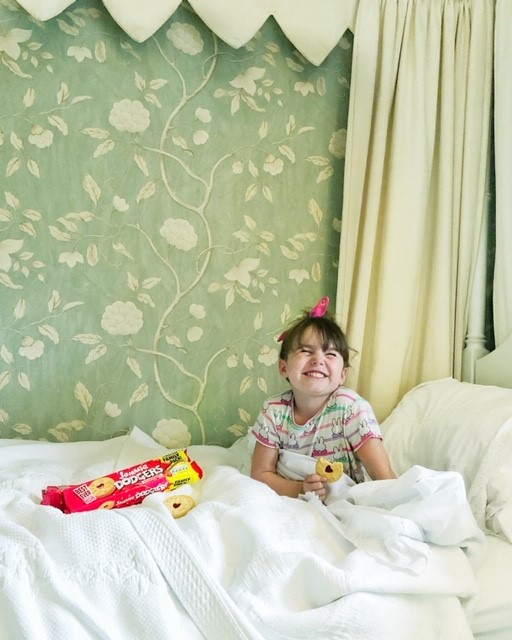
Your home should be a restful sanctuary where you can’t wait to get back and relax at the end of the day. It’s a space that is entirely your own, so creating a tranquil environment bursting full of your unique personality is essential for fostering relaxation.
Regardless of whether you follow the season’s most popular interior trends, there are some soothing design tips you can use to transform your home into a personal retreat. From calming colour palettes to ambient lighting, here is what you can do to create a tranquil living space.
Create zen zones
Designing a space that is specifically for serenity will allow you to remove yourself from life’s daily stresses. Select an area of seclusion that you can retreat to for some peace and recharge your energy, whether it is a corner of a room or an entire room.
A bay window is perfect for reconnecting with nature and provides a spot to take some time away, particularly with a window seat. When fitted with storage, you can store blankets, pillows and your favourite book for when you are relaxing.
Declutter your space
A tidy house is synonymous with a tidy mind so make sure that your space is clutter-free. A recent study found that nearly 1.5 million rooms in UK households are lost to clutter and this is a significant source of anxiety for homeowners.
Clearing out defunct items and investing in good storage ensures that your space is neat and organised, making it easier to achieve a calm and relaxed environment. Decluttering is a continuous process as mess tends to creep on us, so take the time each week to thoroughly organise culprit areas in your home.
Opt for neutral colours and textures
The colour scheme of each room determines how you will feel inside it. Make sure that you choose hues and tones that make you feel calm, including creamy whites, soft pastels and earthy greens. These enhance the natural light in your room and give a sense of a connection to nature.
Bright and loud colours can bring a lot of energy to the room, which can detract from the space’s purpose. It’s best to stay away from these other than those used in fixtures or accessories.
Add natural elements
Exposure to nature contributes to our physical well-being so introducing natural elements helps to create a tranquil environment. Saturate your space with plants and flowers, as greenery is said to remove excess toxins from your home and is known to purify the air.
If you don’t fancy your chances of caring for live houseplants, opt for artificial plants or collections of seashells and pinecones.
Mindful lighting
Lighting is a powerful interior tool so be strategic with your lighting. Bright, glaring bulbs are too severe for a relaxed space, so selecting warmer, dim glows in your bedroom and living room is a better option.


